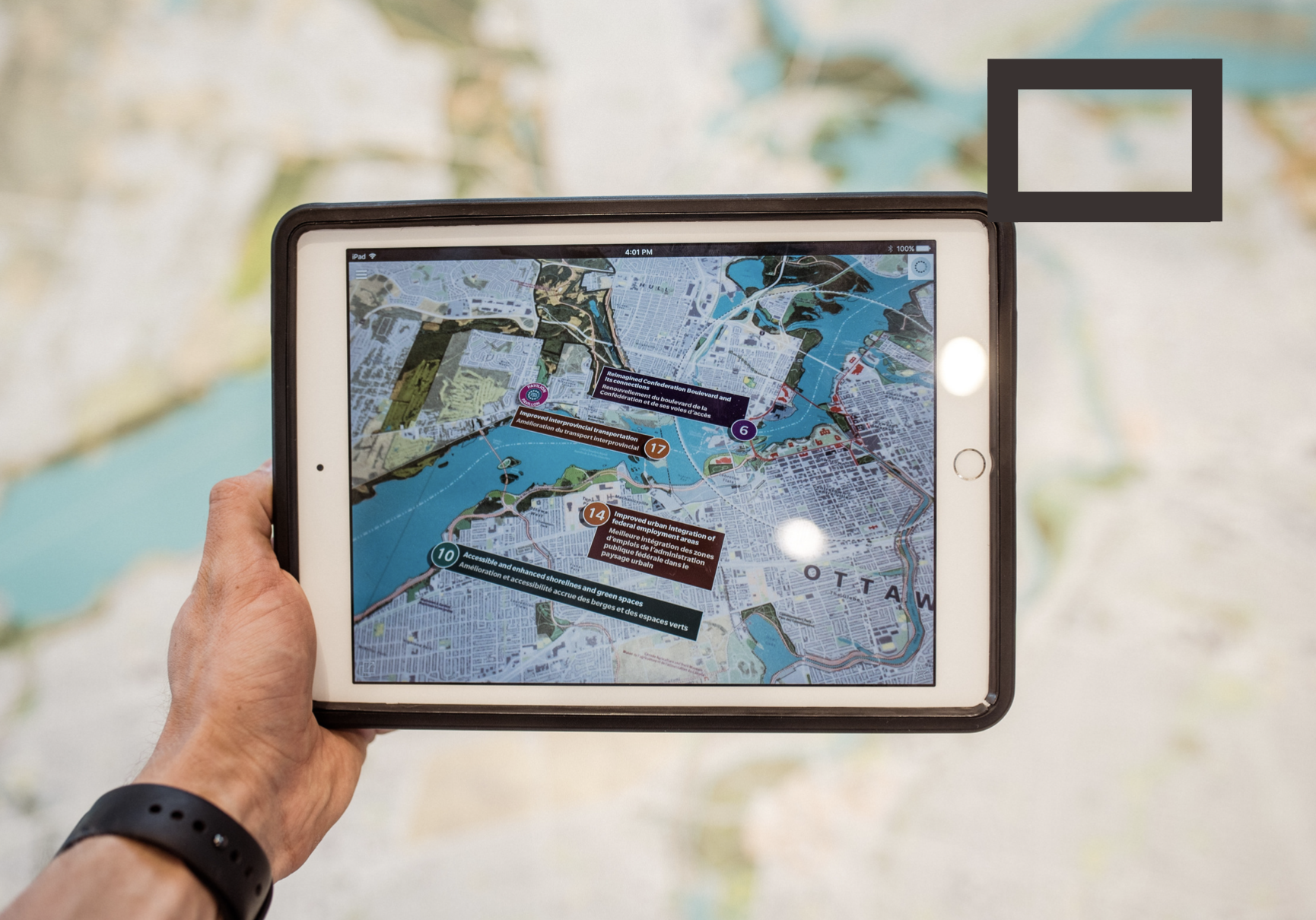How to use Design Principles as scaffolding for a business transformation
Over the past decades, we have seen the rise of design: products, services, customer experiences, interfaces… everything is designed!
The evolution of design thinking
The recognition of the spreading influence of Design Thinking in organisations was nowhere more visible than on the front cover of the Harvard Business Review in September 2015.
The cover says it all really but to reinforce the point, Tim Brown and Richard L. Martin were writing in the article called “Design for Action” about the latest extension to the use of design:
“Today design is even applied to helping multiple stakeholders and organizations work better as a system.”
In other words, Design Thinking has become one of the most useful tools in the business transformation toolbox.
This is where the story starts for me: in the last few years I have used Design Thinking to help executive clients design and execute bold business transformation initiatives. And one of the artefacts in that toolbox that I have found particularly useful is “design principles”.
Unfortunately, it’s not an easy concept to grasp at first.
Design Principles
IDEO describes design principles as:
"the guardrails of your solution - quick, memorable recipes that will help keep further iterations consistent. These principles describe the most important elements of your solution and give integrity and form to what you’re designing."
My former colleagues at boutique consulting company wheretofromhere? define design principles as:
“simple statements that help you translate your deep understanding of the context and your focus on clear objectives into a set of design constraints.”
As I said, not so easy to understand or even obvious why they would be so important.
So, let me take a different approach, share a story from a recent project and walk you through how we defined design principles, what those design principles were, and how important they became in the business transformation of this particular company.
In 2016 I was part of the team in charge of the design and facilitation of a three-day collaborative workshop, which had the objective of redesigning the operating model of a business. Our client had a lot of good ideas in the air and now they wanted all the stakeholders aligned on a final operating model design, clarifying how systems, processes and employee roles and responsibilities would enable operations to run efficiently. Of course, they also wanted everyone pumped up and ready for implementation.
To achieve that during our 3-day workshop we needed clear design principles for the future operating model. During preparation meetings with sponsors, we played with different alternatives for how to produce those design principles. One possible approach would have been to run a module for all participants, or a subset of them, in order to create them during the 3-day workshop. We decided not to. In this case, we chose to create the design principles as part of the sponsor process and submit them as a draft to the participants. The challenge was a lot for participants to tackle in three days, so the sponsors felt they needed to create some scaffolding around the intent to help participants stay on target, and design principles are great for that.
So, the sponsors drafted the design principles themselves before the workshop and finalised them on the evening of the first workshop day, based on observations from the room. Retrospectively, I can see that the exercise of defining those design principles was key to building trust within the sponsor team, and with the facilitation team, as we all openly challenged each other on everything that sounded like “business bingo”. It really cemented the sponsors as a team and helped them become extra sharp on the 3-day workshop intent, as well as how design principles would facilitate decision making and contribute to achieving the outcome. It also helped them demonstrate strong leadership during the session because they were clear and aligned. Finally, it created focus by narrowing the field of possibilities during the design activities.
On a more personal level, it was also my best memory of this engagement, as I got to see the team having fun and firing on all cylinders to create a foundational artefact that was referred to constantly during the 3-day workshop.
Have a look at the design principles below and take a moment to put yourself in the shoes of a participant in a workshop to re-design an operating model.
Could those principles act as the “guardrails of your solution”?
Do they provide the right level of scaffolding to keep your iterations of work consistent with the intent?
Would they support you in making purposeful design decisions?
For all actors involved in this project they certainly did, both during the three-day workshop when those principles helped teams make critical design decisions as they went through multiple potential prototypes of their future operating model, and then throughout the delivery phase when they helped the project team navigate implementation trade-offs while maintaining the integrity of the solution.











